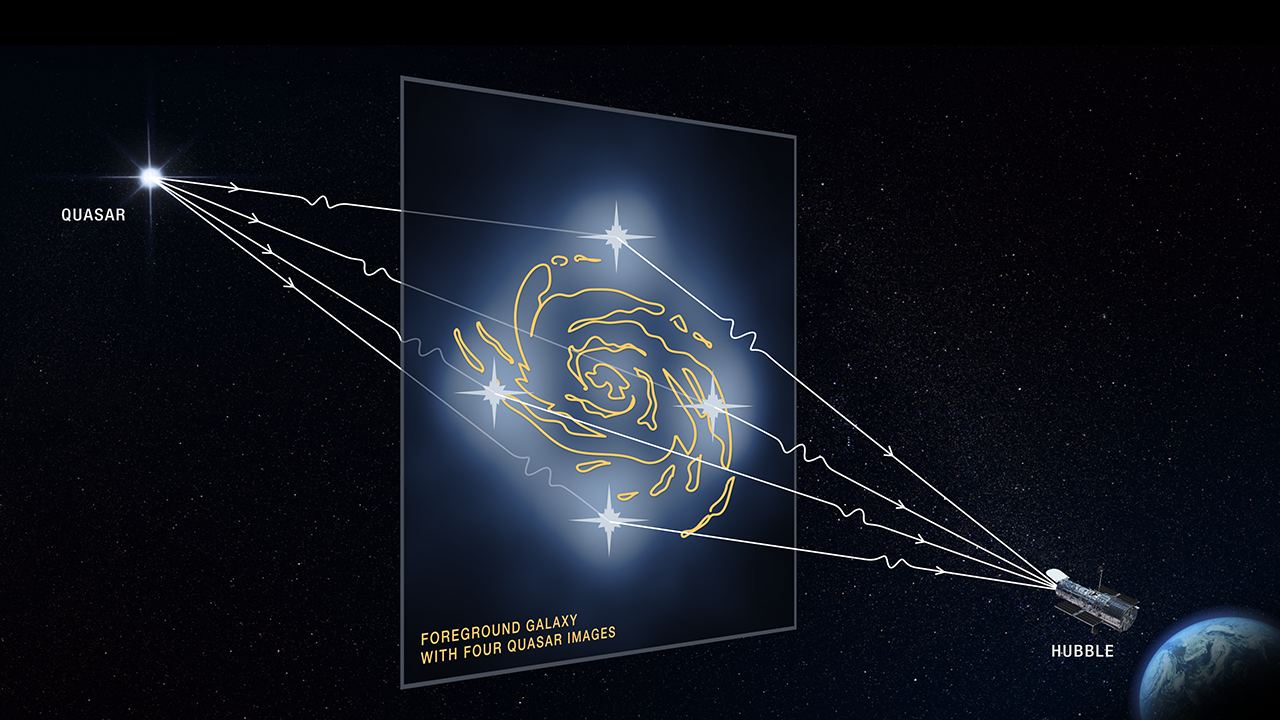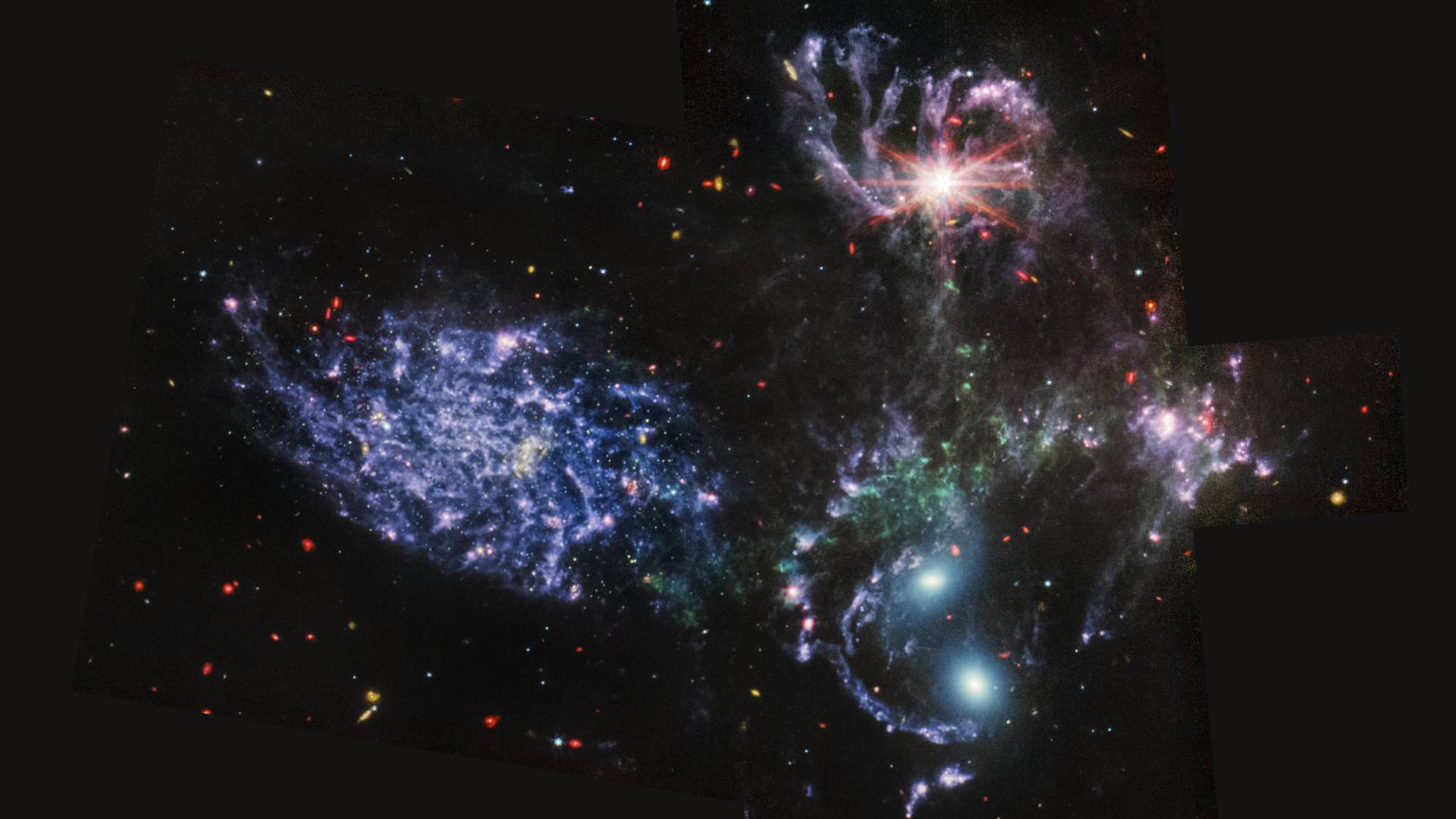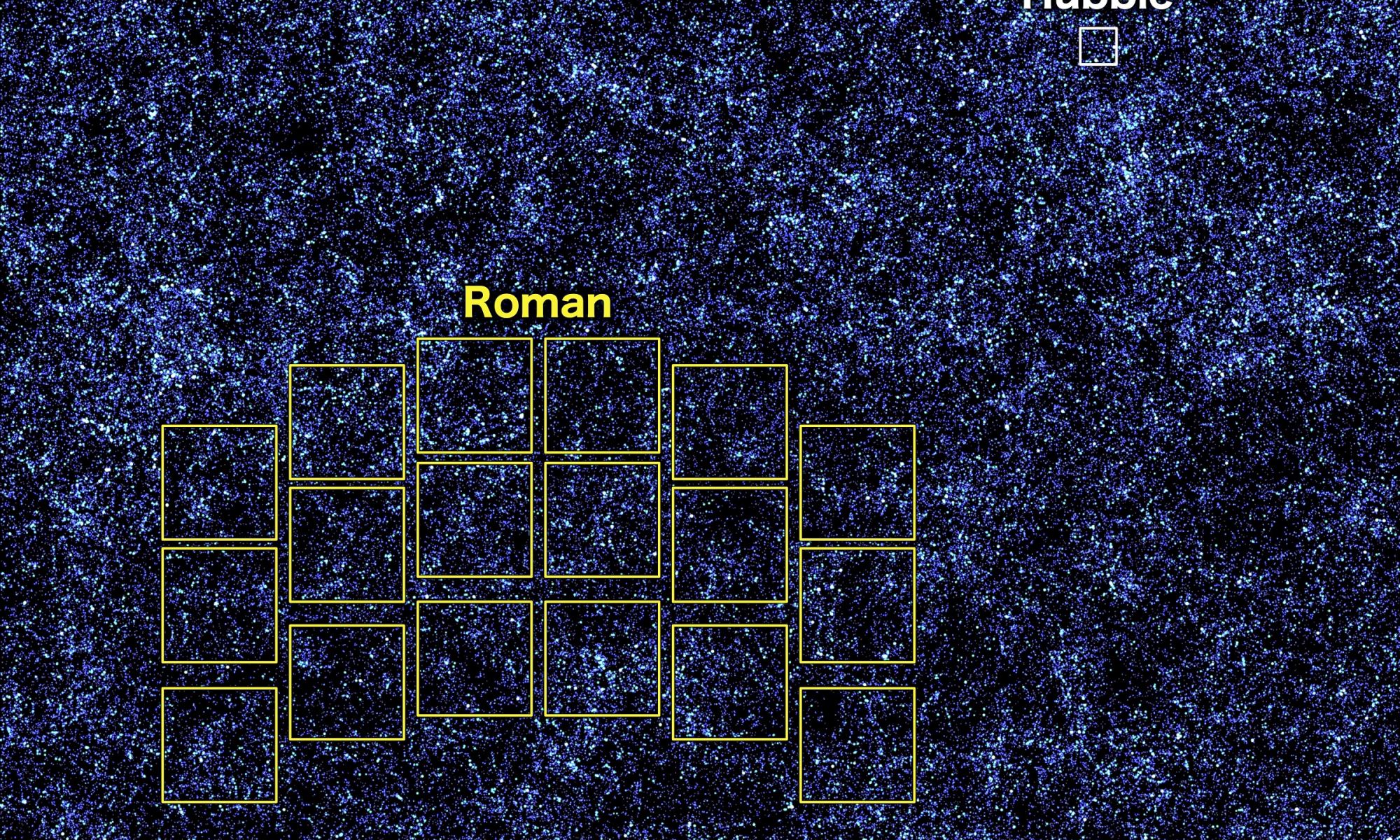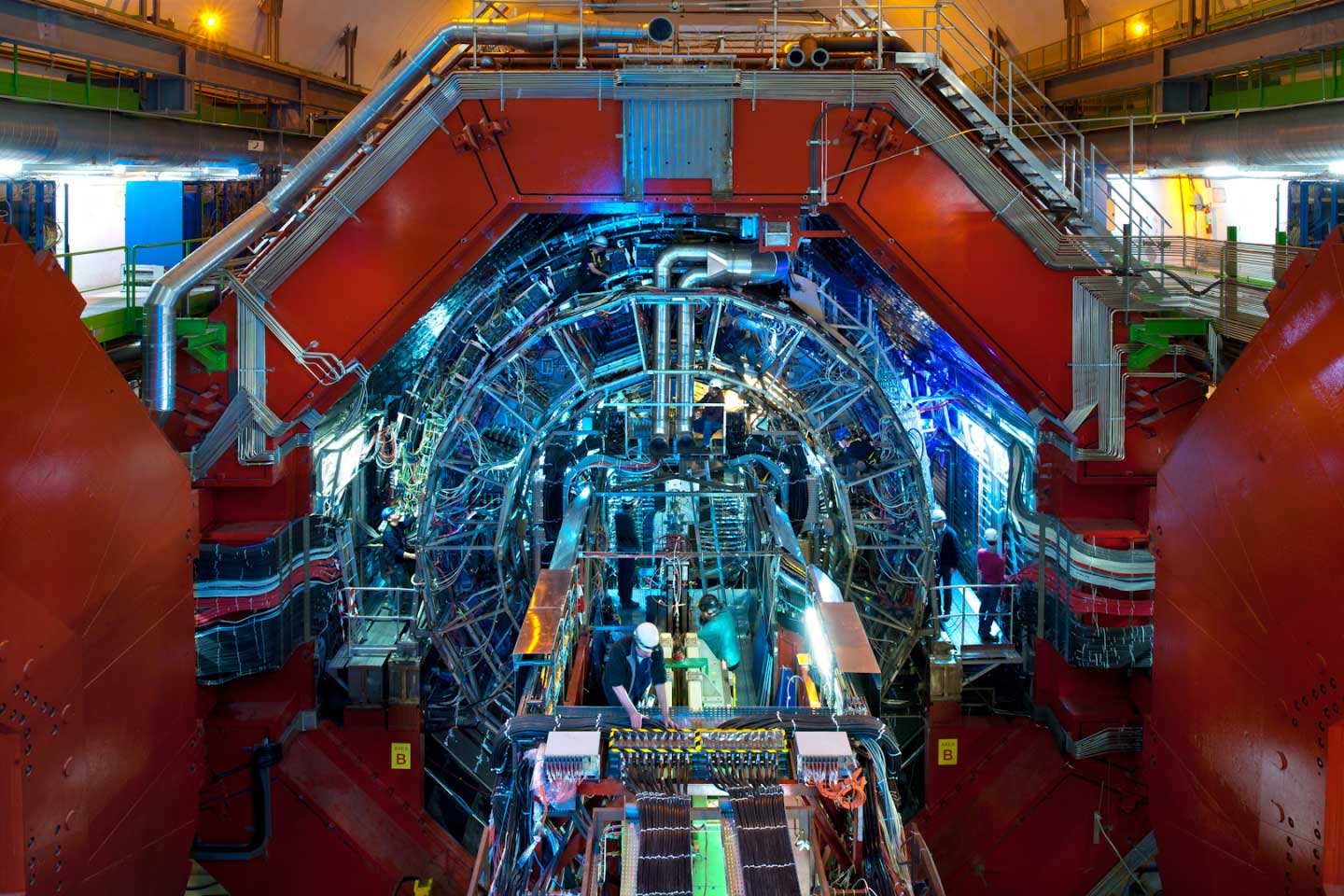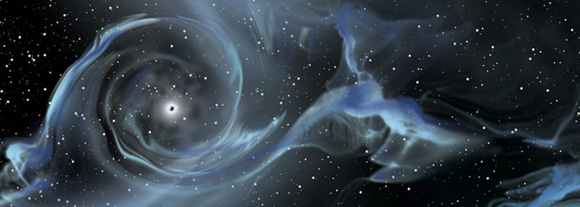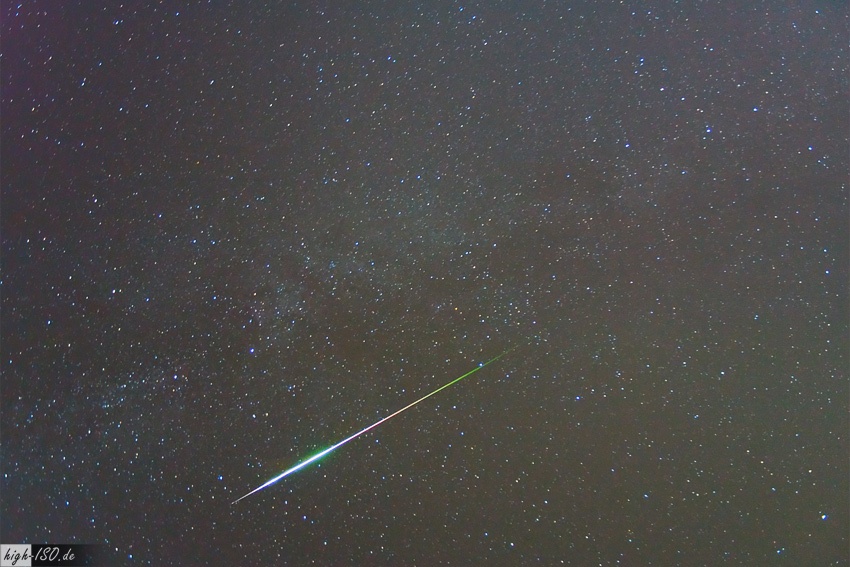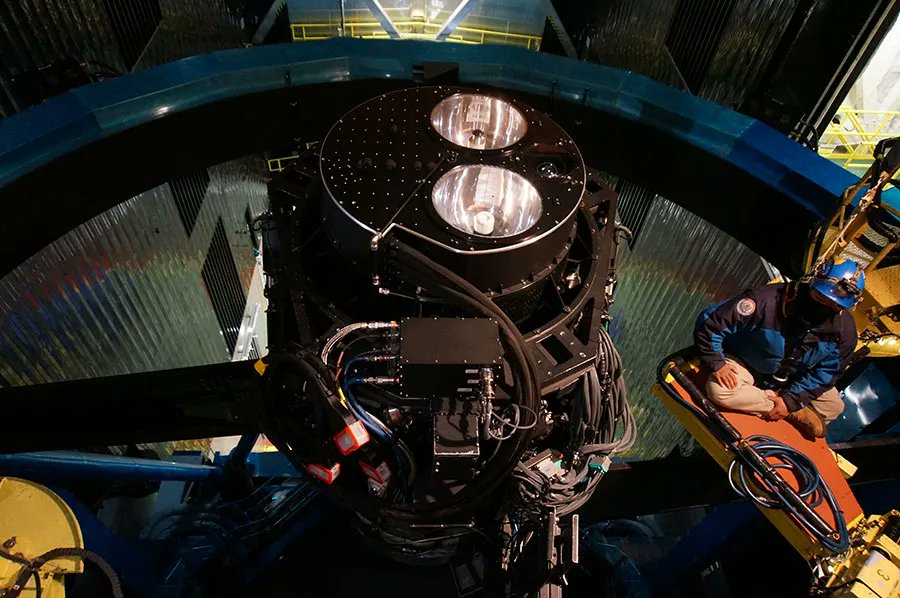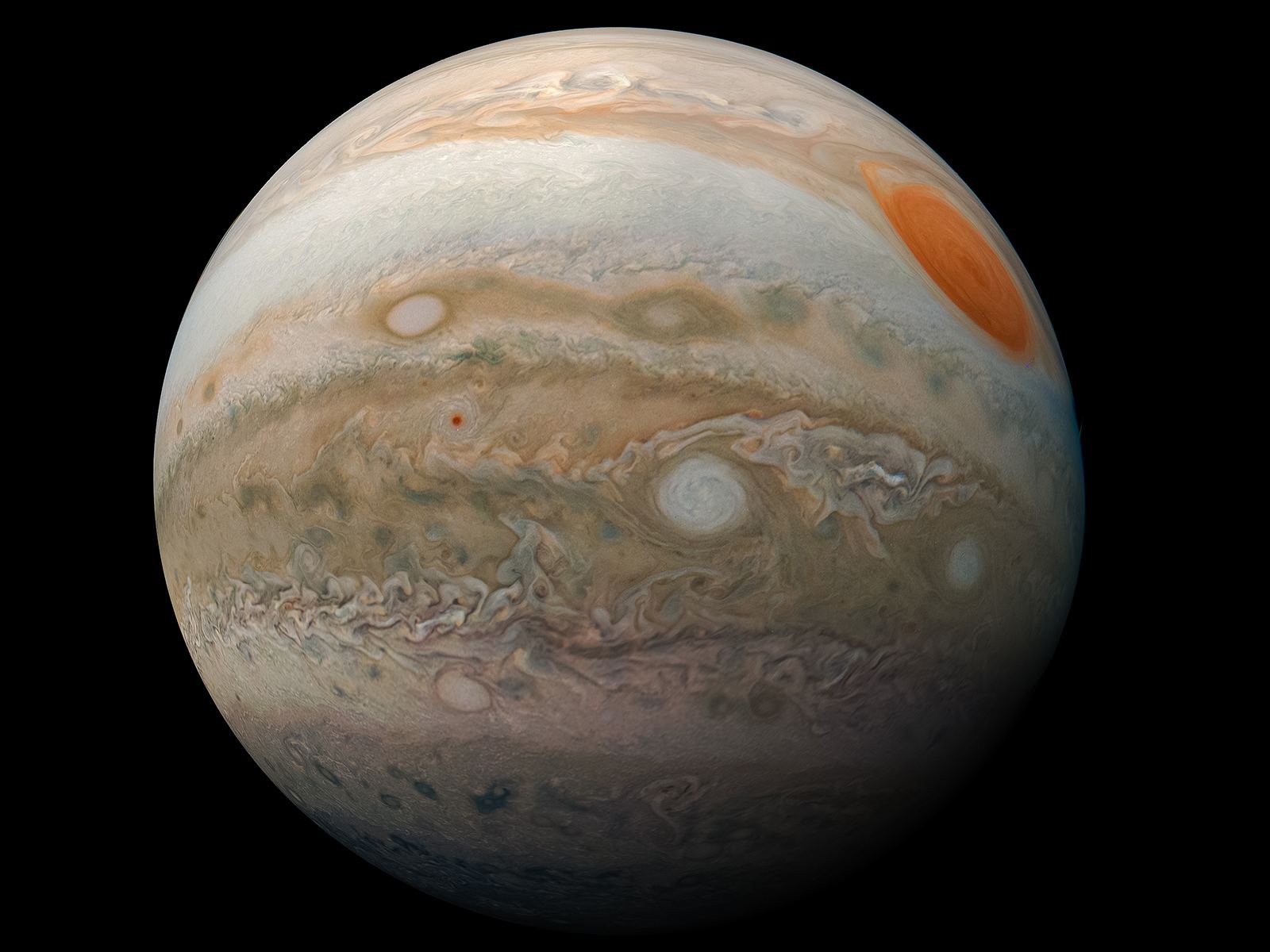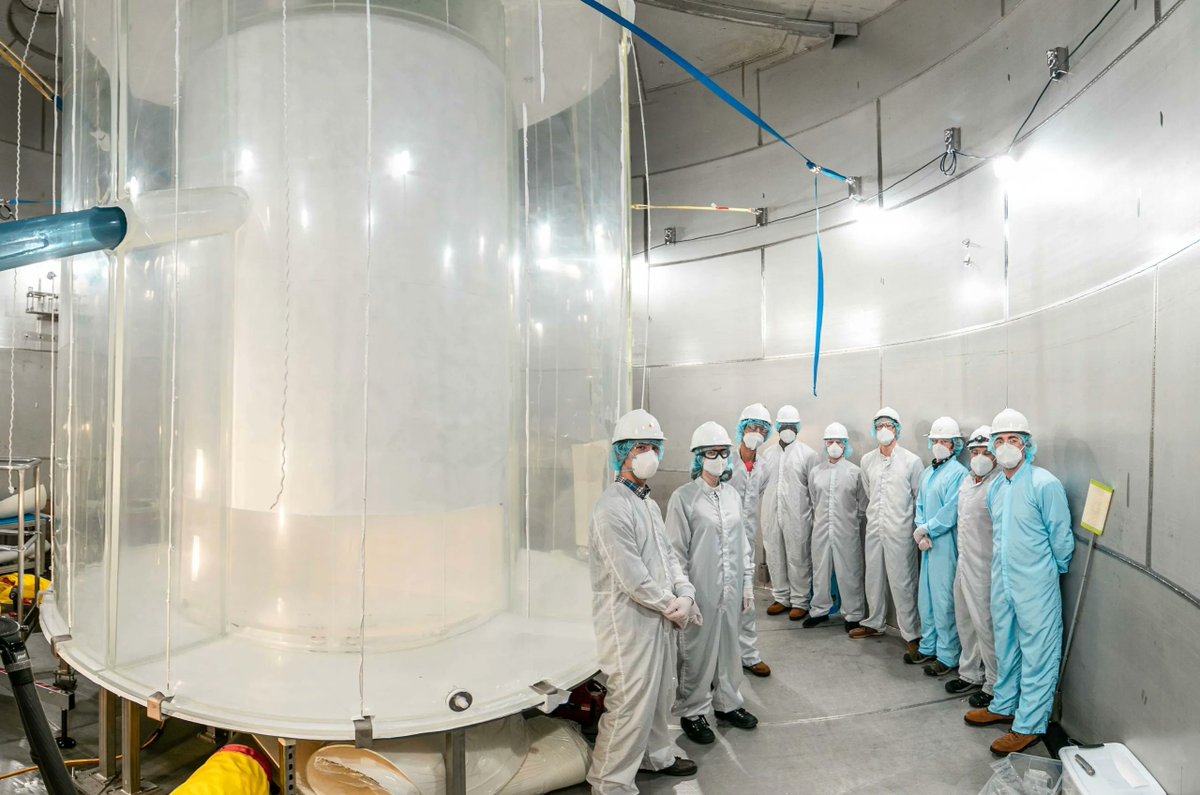According to the most widely-accepted cosmological model, the majority of the mass in our Universe (roughly 85%) consists of “Dark Matter.” This elusive, invisible mass is theorized to interact with “normal” (or “visible”) matter through gravity alone and not electromagnetic fields, neither absorbing nor emitting light (hence the name “dark”). The search for this matter is ongoing, with candidate particles including Weakly-Interacting Massive Particles (WIMPs) or ultralight bosons (axions), which are at opposite extremes of the mass scale and behave very differently (in theory).
This matter’s existence is essential for our predominant theories of gravity (General Relativity) and particle physics (The Standard Model) to make sense. Otherwise, we may need to radically rethink our theories on how gravity behaves on the largest of scales (aka. Modified Gravity). However, according to new research led by the University of Hong Kong (HKU), the study of “Einstein Rings” could bring us a step closer to understanding Dark Matter. According to their paper, the way Dark Matter alters the curvature of spacetime leaves signatures that suggest it could be made up of axions!
Continue reading “Gravitational Lensing is Helping to Nail Down Dark Matter”
